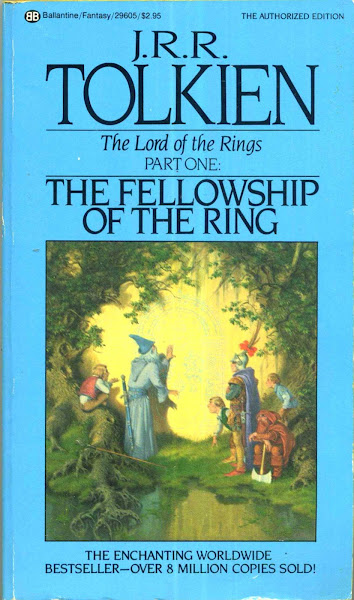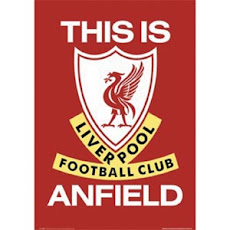This appears in the Monday edition of the Business Mirror.
Three sides to Tim’s triangle
by rick olivares
Side 1: Alaska no longer runs the triangle offense full time.
“Absolutely untrue!” mildly protested Tim Cone. His Alaska Aces just pocketed their 13th PBA title and he was now in a more relaxed mode. Cone was in Camarines Sur to play cheerleader to wife Cristina who was going to compete in the 2010 Ironman 70.3 Philippines and he wasn’t about to be dripping with the fire and brimstone he is also known as a basketball coach. “She’s competitive,” he described of his wife of 20 years (the couple are celebrating their 20th anniversary late this August).
But so is coach. Even after more than two decades at the helm of Alaska, he has not lost his fire.
During the recently concluded PBA Finals, Alaska owner Fred Uytengsu brought along with him some guests. Among them was world-famous triathlete Lance Watson. Uytengsu remarked to Watson that Cone has been the Aces’ coach for more than two decades and a stunned Watson said that he found it incredible that after all these years believe Cone kept pacing up and down the sideline throughout the game. “That is one of the best compliments I’ve ever received,” smiled the coach who wore the baseball cap of his beloved St. Louis Cardinals.
During the lean years of the early to mid-2000s, Cone once held a meeting with his players where he asked them if they thought it was time to junk the triangle. Cone was actually working his reverse psychology mojo on his team in hopes that they would re-affirm their belief in the system when lo and behold, long-time player and assistant Jojo Lastimosa spoke up and said, “You know, we ought to change.”
And that was a dagger right through the heart of Cone. He realized that not everyone has the same passion for it as he did. “You constantly have to renew your commitment to it. It’s like marriage.” the American mentor explained. He took Lastimosa aside and convinced him to continue with the system. “Every time you get a new set of players the team goes through a difficult learning phase. But it does get better when they finally grasp it.
Side 2: The triangle offense works because of the superstar players who run it.
In 1999, Cone struck up a friendship with the legendary Tex Winter, the innovator of the triangle offense. Winter would tell Cone how much he hated hearing pundits claim that the triangle offense only worked because the Chicago Bulls and the Los Angeles Lakers had some of the greatest players in the game running them.
“It’s farthest from the truth,” recounted Cone of Winter’s story. “It took Michael Jordan seven years before he won his first title. It was the same with Kobe Bryant so later when he was the man in LA not Shaquille O’Neal.”
For Alaska, it used to be “Jojo Lastimosa and 11 little Indians” as Cone called his early teams. “If they stopped Jojo, we were dead. It was a stagnant way to play.” recounted the coach. “We would add pieces to the puzzle from Jojo to Johnny Abarrientos to Bong Hawkins to Jeffrey Cariaso to Poch Juinio. Now they might have been the stars of their college teams but the pros is a different animal.”
After Alaska won the last conference of 1991, the team hit a dry spell for over two years. “One day in 1993, Fred took me out to lunch to fire me. He was never high on the triangle but I convinced him that there was a learning curve that would soon reap benefits and the team made a commitment to run it full bore. Fortunately, Fred believed me and we went 3-2-1 the following year and competed for the championship in 11 of the next 12 conferences. And there was the grand slam year of 1996.”
But Alaska’s 90’s dominance was soon brought to an end with the Fil-Am explosion that followed. Their entry not only changed the league forever but also the character of the Alaska team. “We were just badly whupped by Tanduay that Eric Menk, Sonny Alvarado, Rudy Hatfield, and Dondon Hontiveros. We felt we could only match up by getting our own Fil-Ams.” Cariaso left. Then was followed Abarrientos and Juinio.
The championship core was gone and new players like Jon Ordonio and Ali Peek joined fold. Naturally, there would be problems with assimilating them into the triangle offense. The team shifted in its drafting and recruitment from character to talent.
Side 3: You need smart players to run the triangle
“That is true,” claimed Cone. “That is why teams that run the triangle – from Chicago to LA to Tennessee and to us – prefer veteran players.”
It’s a simple explanation really. Young players look to make a name for themselves while veterans see the big picture and are more mature in their approach.
That’s why after a while, Alaska brought Cariaso back into the fold. It wasn’t just his veteran savvy but the strength of his character. Through all of Alaska’s titles, they also placed a premium on character. From Lastimosa to Cariaso right down to current players LA Tenorio and Tony dela Cruz. As much as the triangle offense defines the team, their character makes them go. And the team takes their cue from the point guard.
As great as player Willie Miller is, he kept the locker room loose. That was good for the team up to a certain extent because it expunged the tension of high intensity games. But sometimes it didn’t work.
In the past conference, the team only because to take off when Tenorio and Joe Devance began to get an understanding of each other’s role in the team. Tenorio carries the same emotion and competitive drive as Lastimosa.
The veteran savvy also begat continuity which was an important ingredient to the team. An import like Sean Chambers was there to ensure that the offense was propagated. Even the addition of Diamon Simpson wasn’t by chance. He was picked also for his familiarity with the triangle which his LA Defenders (from the NBA D-League) run.
Cone is embarrassed by the attention he gets more so in the light of their recent victory. “It’s all about the players. Their drive. It’s also their passion and the talent.”
“You can say they make me look like a genius.”









Nice piece!
ReplyDeleteThank you! Appreciate it. Hope you also check out the other stuff.
Delete